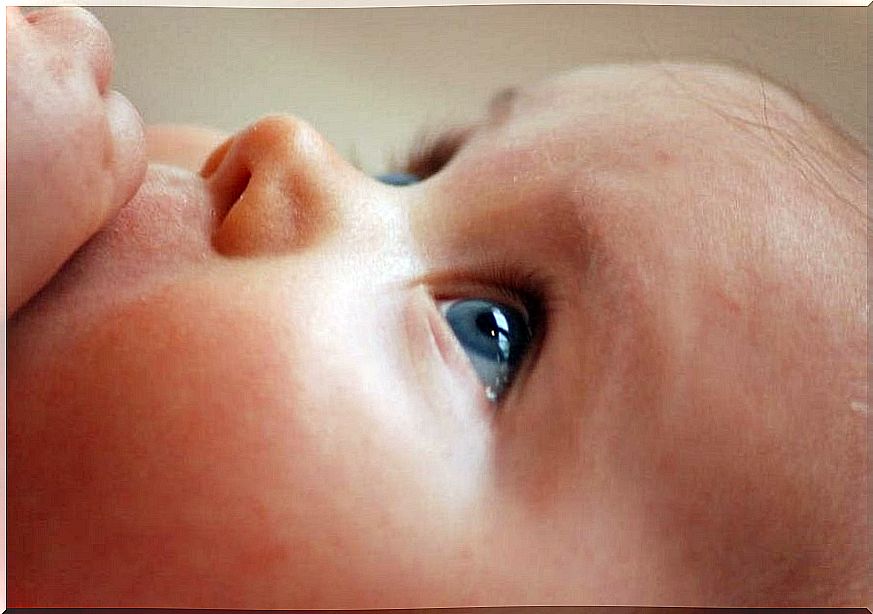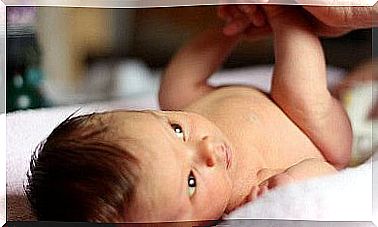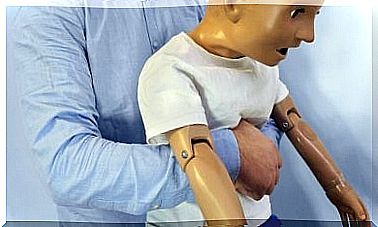Autosomal Chromosomal Abnormalities
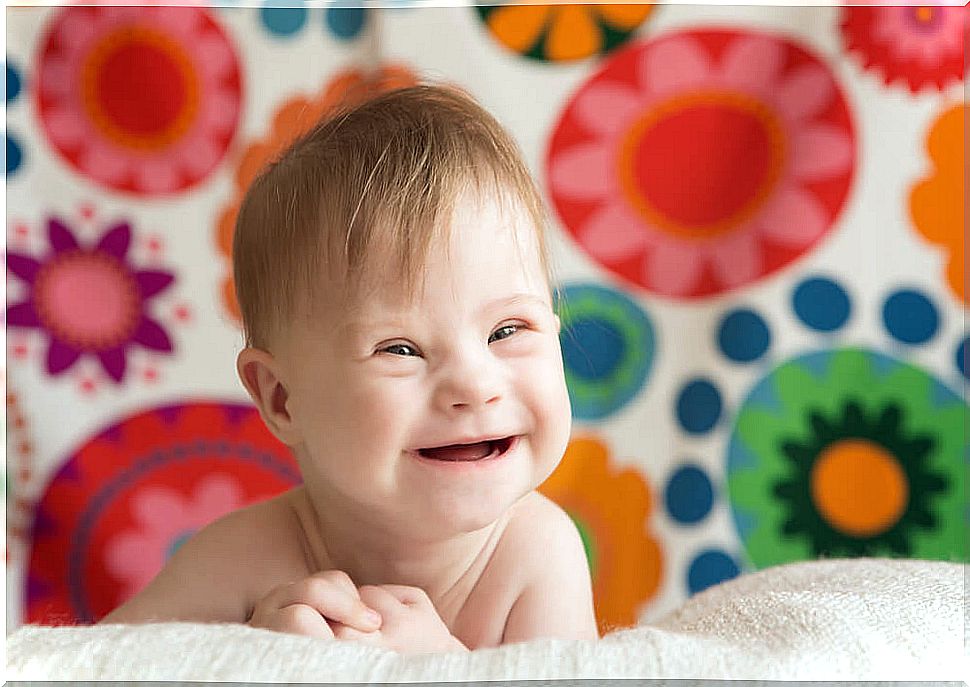
Chromosomal alterations are quite common and more serious than alterations in one gene because they involve many genes. Each arm of the chromosomes is divided into 4 regions, and within each region each band is listed in relation to the distance to the centromere.
The short arm is called “p” and the long “q”. For example: 1 q 23 indicates: chromosome 1, long arm, second region, third band. The characteristics common to these alterations are:
- Maturational and intellectual delay.
- Presence of dimorphic features and malformations.
- Growth retardation
Classification of chromosomal abnormalities
Among the chromosomal alterations we have: numerical aberrations and aberrations in the structure of chromosomes.
Chromosomal abnormalities: numerical aberrations
The most common cause of numerical aberrations in chromosomes is usually nondisjunction. This consists in the failure of the paired chromosomes or chromatids to undergo disjunction in the first meiotic division, the second or during mitosis.
The consequence of this anomaly is that the members of the chromosomal pair do not separate properly. Therefore, in some gametes there may be extra or missing chromosomes.
When a gamete with an extra chromosome joins a normal gamete during fertilization, the resulting zygote will have three units of that particular chromosome. This phenomenon is known as trisomy.
When a gamete, lacking a particular chromosome, unites with a normal gamete, it will lead to a monosomy. Nondisjunction can also occur during mitosis that occurs after zygote formation.
If this happens at the beginning, there will be trisomic cells, while others will be monosomic. These patients are called mosaics. In addition, almost always with respect to the X chromosome (the mosaics of other chromosomes are usually unviable).
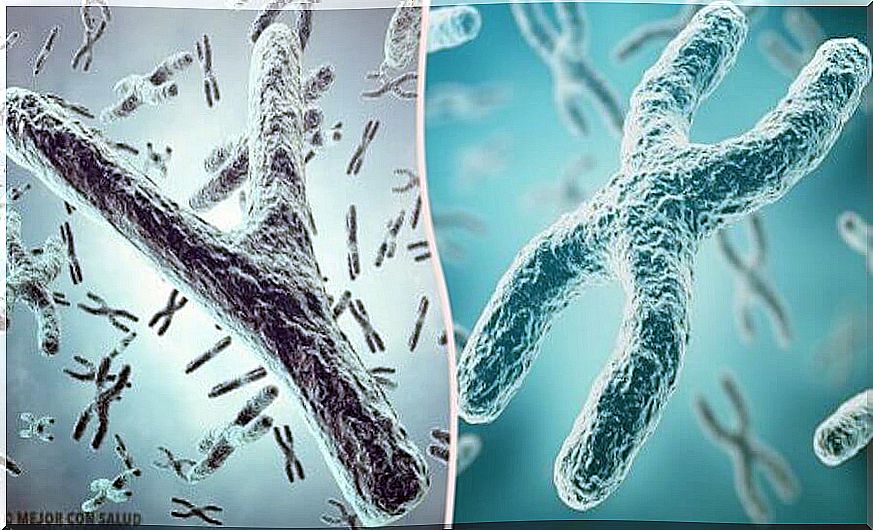
Chromosomal alterations: aberrations in the structure of the structure of chromosomes
The most frequent alterations in the structure of chromosomes are deletion, duplication, inversion, and translocation.
- Deletion or suppression. Loss of a fragment of a chromosome, so that all the genetic information stored in the lost fragment is missing from the affected chromosome.
- Duplication. Presence of an additional chromosome fragment. Sometimes a deleted fragment of a chromosome can bind to the end of the homologous chromosome. This alteration is much less harmful than the deletion.
- Investment. It involves the fragmentation of a chromosome by two breaks, followed by its adhesion to the same chromosome, but in an inverted way. In general, this change in the order of the genes does not result in an abnormal phenotype. Although it can have consequences for the next generation, when the inverted chromosome joins another normal one.
- Translocation Transfer of part of a chromosome to a non-homologous one. Sometimes these translocations are reciprocal.
Structural aberrations generally take place during meiosis of one of the gametes (maternal or paternal).
Autosomal chromosomal abnormalities
Next, we briefly expose the main autosomal chromosomal abnormalities:
Down’s Syndrome
- Initially described by Langdon Down in 1866.
- Most common and known chromosomal abnormality (affects 1 in 700 live births).
- People with Down syndrome have 47 chromosomes, with chromosome 21 being an extra.
- It can usually be identified at birth, or shortly thereafter, due to the presence of typical features such as the following:
- Hypotonia
- Mental retardation.
- Brachycephaly (excessive growth of the head due to premature closure of the coronal suture).
- Prominent tongue.
- Short and wide hands.
- Heart abnormalities in 35% of cases.
- Size smaller than normal.
- Although in 95% of cases Down syndrome involves trisomy for chromosome 21, about 4% have a translocation of the long arm of chromosome 21 (to chromosome 13, 14, 15 or 22). These patients therefore have 46 chromosomes, although phenotypically it is not distinguished from trisomy 21.
- The average maternal age is 34 years.
- Male carriers are less likely than female carriers to have affected children.
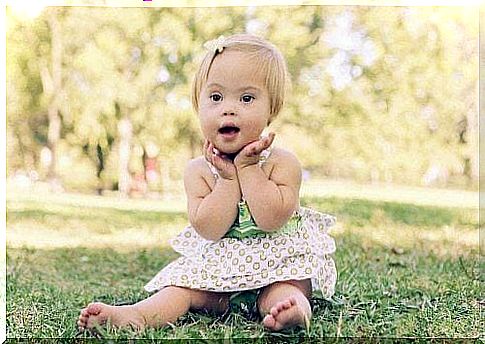
Trisomy 18 (Syndrome E)
- It is a syndrome associated with a trisomy for chromosome 18.
- It is related to multiple birth defects.
- It is much more serious than Down Syndrome (most patients die by 6 months of age)
- The most common symptoms include:
- Mental retardation.
- Inability to grow
- Alterations in ears, hands and feet.
Trisomy 13 (Syndrome D)
- It is less frequent than the previous one and the alterations are much more serious (patients do not survive beyond the first month of life).
- It includes defects in the Nervous System, mental retardation, cleft lip, cleft palate, dermal anomalies, alterations in the heart, etc.
Meow syndrome
- It is due to a partial monosomy of chromosome 5 (deletion of a fragment of the short arm).
- It produces different abnormalities, the most characteristic being that of a child’s cry similar to the meowing of a cat. Other disorders are mental retardation or microcephaly.
Monosomy 4
- It is produced by the deletion of the short arm of chromosome 4.
- It represents a phenotype characterized by low birth weight, growth failure, and abnormal facial appearance.
Chromosomal alterations: conclusions
In conclusion, chromosomal alterations represent, today, an important difficulty for the evolutionary development of the baby. However, there are more and more methods to detect them early. In addition, there are also better prevention and treatment techniques.
